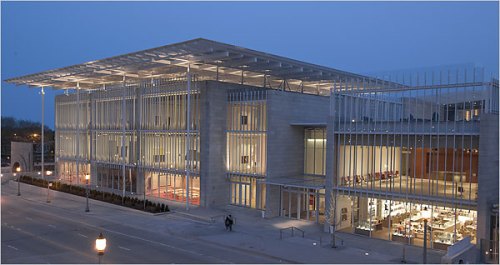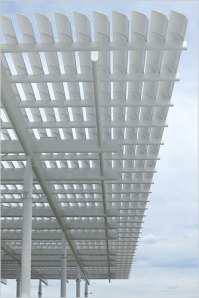 Here’s a nice review of Sauerbrach-Hutton’s new Brandhorst Museum of modern art in Munich. The review addresses important issues we’ll deal with next semester such as the role of color, the relation to the urban context, the difference between inside and outside in a museum… The reviewer Jonathan Glancey (always quite good) writes: “While the architecture is clearly an advertisement for what goes on inside its enticing walls… for all this polychromatic playfulness… it manages to be both flamboyant and modest…a jewel of a building, one that will greatly bolster Munich’s growing cultural significance…” See also the Brandhorst Museum website for more pics and architectural ideas, fabrication of the color facade, ideas on ecology, etc.
Here’s a nice review of Sauerbrach-Hutton’s new Brandhorst Museum of modern art in Munich. The review addresses important issues we’ll deal with next semester such as the role of color, the relation to the urban context, the difference between inside and outside in a museum… The reviewer Jonathan Glancey (always quite good) writes: “While the architecture is clearly an advertisement for what goes on inside its enticing walls… for all this polychromatic playfulness… it manages to be both flamboyant and modest…a jewel of a building, one that will greatly bolster Munich’s growing cultural significance…” See also the Brandhorst Museum website for more pics and architectural ideas, fabrication of the color facade, ideas on ecology, etc.
What architecture critics or regular “reviews” of architecture do you follow? Can you write a “review” of a new building near you, or an important building that you visit this summer? What ideas are represented? What is well done? What was the “intent” of the architect? How does the user react? What is the building’s relationship to its context (urban, historical, ideological, type, etc.)? How does the building “advance an agenda”? What agenda do you set within your review?

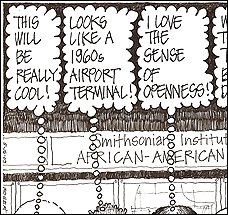

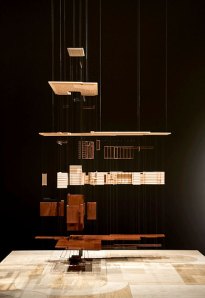 A noteworthy part of the exhibit are the new architectural models that were created by
A noteworthy part of the exhibit are the new architectural models that were created by 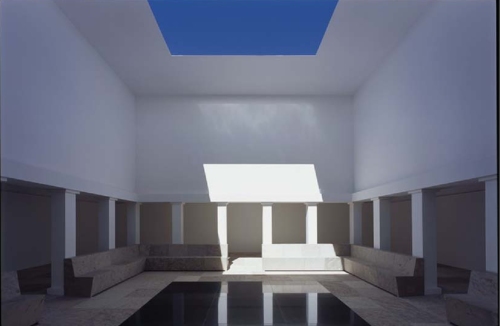 The
The 

